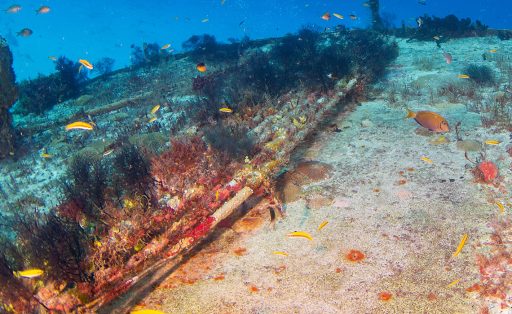Turning fiber cables into scientific sensors
This approach can generate vast, sensitive datasets that require careful management. The project has found that with the right safeguards, it’s possible to balance open science with national security and support research without compromising protection.
This approach can generate vast, sensitive datasets that require careful management. The project has found that with the right safeguards, it’s possible to balance open science with national security and support research without compromising protection.

















